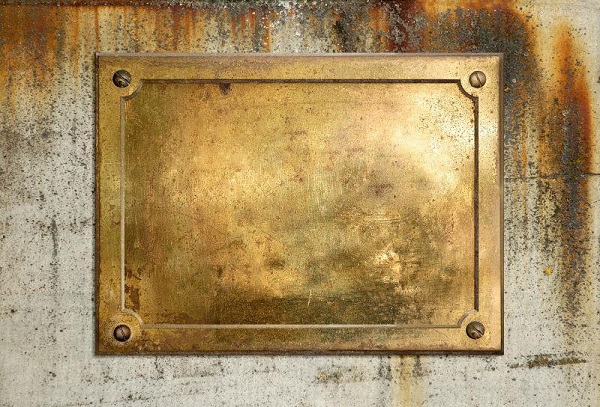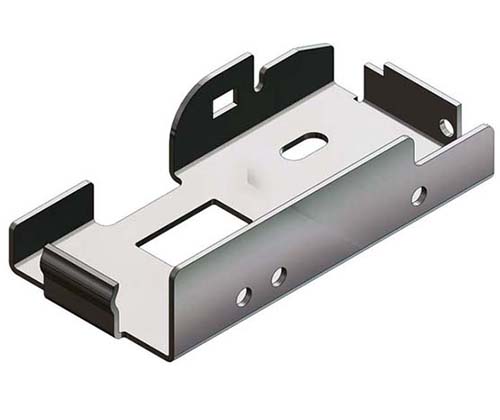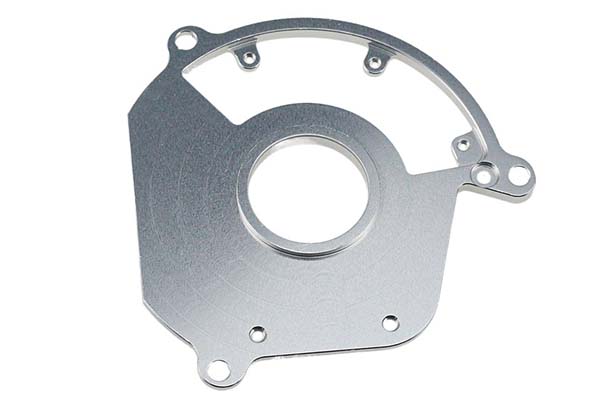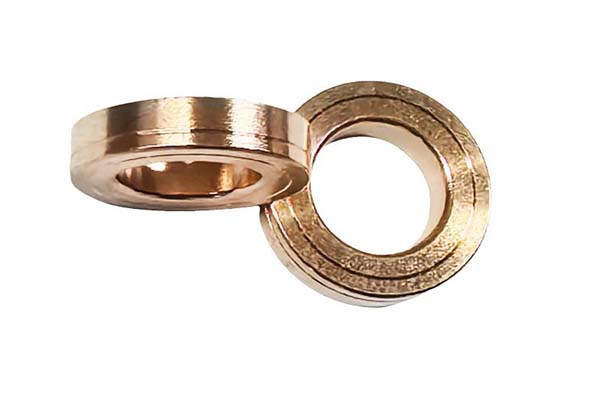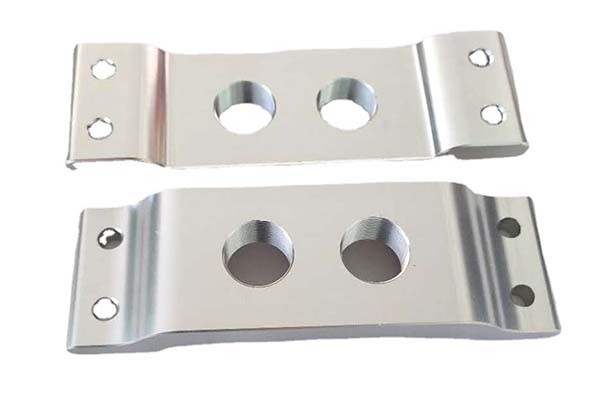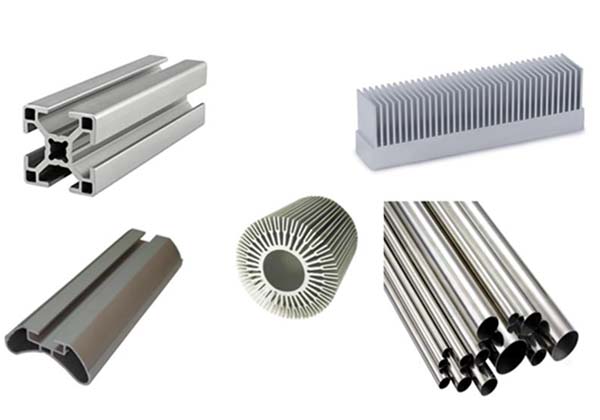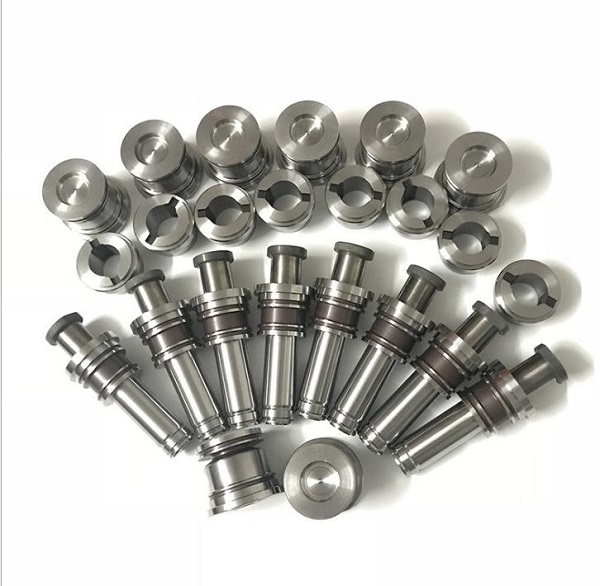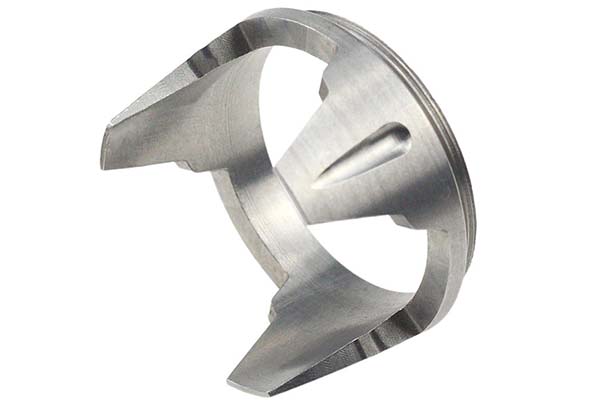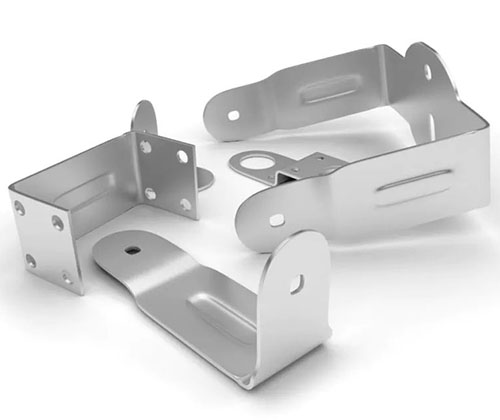Manufacturers working with copper and its alloys often face a unique set of challenges: materials that are highly ductile but prone to galling, excellent conductors but sensitive to heat during forming, and versatile but tricky to stamp without cracking. Whether producing electrical components or decorative parts, balancing these traits is key to success. This is where Metal Stamping Copper & Alloys requires specialized knowledge. In this guide, we’ll address these pain points, exploring the best alloys for stamping, their properties, applications, and proven techniques to ensure high-quality results.
Copper & Copper Alloys for Metal Stamping
Not all copper alloys are created equal—each offers distinct advantages for stamping:
- C11000 (Pure Copper): 99.9% copper, known for exceptional electrical conductivity and ductility. Ideal for simple shapes like electrical contacts but lacks strength for complex parts.
- C26000 (Brass): 70% copper, 30% zinc, balances formability and strength. It’s the most widely used copper alloy for stamping, suitable for everything from terminals to decorative parts.
- Phosphor Bronze: Copper with tin and phosphorus, offering high strength and wear resistance. Used for springs and electrical connectors needing durability.
- Beryllium Copper: Copper with beryllium, heat-treatable to high strength while retaining conductivity. Perfect for precision parts like switches and sensors.
A quick comparison helps in selection:
| Alloy | Conductivity (% IACS) | Tensile Strength | Best For |
|---|---|---|---|
| C11000 | 98–100 | 220–310 MPa | Electrical contacts |
| C26000 | 28–32 | 345–655 MPa | General stamping, terminals |
| Phosphor Bronze | 15–20 | 480–965 MPa | Springs, high-wear parts |
| Beryllium Copper | 25–45 | 690–1,240 MPa | Precision, high-strength components |
This makes C11000 vs C26000 for stamping a choice between conductivity (C11000) and versatility (C26000).
Key Properties Affecting Copper Stamping
Copper’s unique properties demand careful process control:
- Copper Ductility in Metal Forming: Most copper alloys, especially C11000 and C26000, offer high ductility, allowing for deep draws and sharp bends. However, this also increases the risk of wrinkling if material flow isn’t controlled.
- Work Hardening: Copper hardens rapidly during cold working, which can lead to brittleness. Annealing copper at 400–600°C for 1–2 hours restores ductility, critical for parts requiring multiple forming steps.
- Thermal Conductivity: Copper conducts heat 60% better than aluminum, meaning heat builds up quickly during stamping. This can degrade lubricants and cause galling, requiring frequent die cooling.
- Corrosion Resistance: Pure copper and brass resist corrosion in mild environments, though phosphor bronze and beryllium copper offer better resistance to moisture and chemicals.
Understanding these properties is key to avoiding common stamping issues.
Common Applications of Stamped Copper Parts
Copper’s versatility shines across industries:
- Electrical Contacts: C11000’s conductivity makes it ideal for switches and relays, where low resistance is critical.
- Stamped Copper Heat Exchangers: Brass (C26000) efficiently transfers heat in radiators and cooling systems.
- RF Shielding: Copper’s conductivity blocks electromagnetic interference, used in enclosures for electronics.
- Copper Terminals and Connectors: Brass and phosphor bronze balance conductivity and strength for reliable electrical connections.
- Decorative Stamped Copper Designs: C26000’s malleability and attractive finish make it popular for architectural trim and jewelry.
Each application leverages copper’s unique blend of properties to meet specific performance needs.
Challenges in Stamping Copper & Alloys
Overcoming copper’s quirks ensures successful production:
- Preventing Cracks in Copper Stamping: Cracks often occur due to excessive work hardening. Anneal after 2–3 forming steps, especially for phosphor bronze and beryllium copper. Use large die radii (minimum 2× material thickness) to reduce stress.
- Handling Copper Galling Issues: Copper’s softness causes it to stick to tooling, leaving marks or tearing the material. Polish dies to Ra ≤ 0.2 μm and use anti-galling lubricants with graphite or molybdenum disulfide.
- Springback in High-Ductility Copper: Copper alloys exhibit 1–3 degrees of springback, less than aluminum but enough to affect precision. Over-bend by 0.5–1 degree to compensate.
- Stamping Thin Copper Sheets: Sheets under 0.3 mm are prone to tearing. Use slow press speeds (5–10 strokes/min) and light blank holder pressure to prevent wrinkling.
- Oxidation Control: Copper tarnishes quickly, especially when heated. Store stamped parts in dry, airtight containers, and consider plating or coating for long-term protection.
Best Practices for Tooling & Lubrication
The right tools and lubricants are critical for copper stamping:
- Best Die Materials for Copper Stamping: Use carbide or D2 tool steel to resist wear from copper’s abrasiveness. For high-volume runs, coat dies with chromium or titanium nitride to reduce friction.
- Lubricants for Copper Metal Forming: Choose lubricants designed for non-ferrous metals—soluble oils or synthetic fluids work best. For deep drawing, use heavy-duty compounds with extreme pressure additives.
- Progressive Die Design for Copper Alloys: Include stations for annealing and cleaning to counteract work hardening and oxidation. Ensure generous clearance (8–10% of material thickness) to reduce galling.
- Punch and Die Clearance: For C11000 and C26000, use 7–9% clearance; for harder alloys like beryllium copper, increase to 10–12% to prevent tool damage.
Yigu Technology’s Perspective
As a custom manufacturing supplier in China, Yigu Technology specializes in Metal Stamping Copper & Alloys for electrical, automotive, and industrial clients. We select alloys based on your needs—C11000 for conductivity, C26000 for versatility—and optimize tooling with polished dies and anti-galling lubricants. Our process includes annealing steps to maintain ductility, ensuring parts meet tight tolerances and performance requirements.
FAQs
- Can copper alloys be stamped into complex 3D shapes?
Yes, especially C26000 and phosphor bronze. Use deep drawing with slow press speeds and frequent annealing to handle their ductility without cracking. - How does temperature affect copper stamping?
High temperatures accelerate oxidation and degrade lubricants. Keep dies cool with water jackets, and avoid prolonged contact between hot copper and tooling. - What’s the best way to prevent copper parts from tarnishing after stamping?
Clean parts immediately with a mild acid solution to remove oxides, then apply a clear lacquer or plating (nickel or tin) for long-term protection. Store in dry, sealed packaging.
